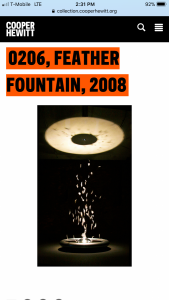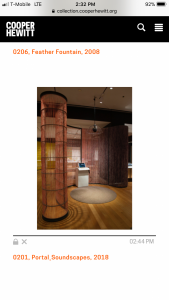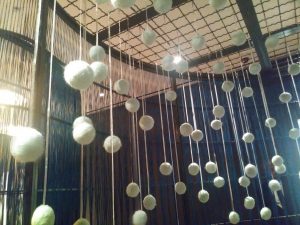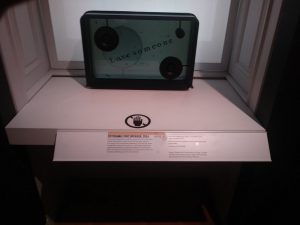Reflecting on “Our Senses”:
1-In a focused free-write that your classmates will read and respond to, write about your experience of visiting the Cooper Hewitt Museum for our field trip. Your response could
- focus on one aspect of the exhibit
- focus on the experience of visiting a museum
- focus on the experience of learning outside of the classroom
- compare your experience to another experience at a museum
- compare your experience to learning in the classroom
- something else.
2-Comment on the response passed to you. Do this by
- adding to what the author wrote, or
- contrasting what the author wrote, or
- a little bit of both
- or, ask questions for clarification, for provoking thought, for getting the work back on track.
3-Comment: did the comment add to your understanding, thoughts, the conversation? Was it helpful?
4-Comment as for Comment 2
5-Comment: what in the initial freewrite worked well, and would have made for a better start to the conversation?
- getting specific would be helpful (eg, what senses were engaged)
- more detail
- more connections to outside
- more comparison across works in the exhibit or across exhibits
- more versatile: more instruction, ask writers to do more in their posts
- ask questions
6-Comment: what in the comments worked well, and what would have made for a better continuation to the conversation?
- ask more questions
- variety in questions, responses–don’t repeat what someone else has done
- more controversy! drama! push more!
- come back to and look forward to all of our materials and experiences










